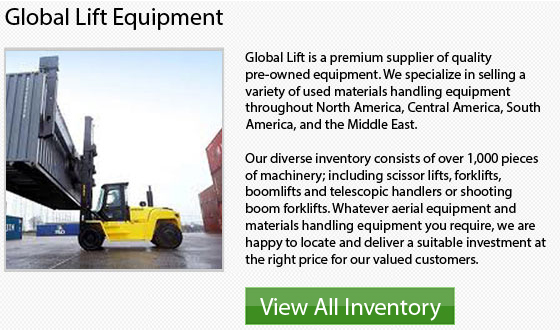
The counterbalanced lift truck is a lift truck which utilizes a counter balance which is connected to the rear end of the machinery. This counterbalance effectively balances loads that are placed on the blades at the front end of the machine. This design is engineered to stabilize typical forklifts. As far as electric counterbalance forklifts are concerned, the battery itself forms the counterweight.
Practically every lift truck producer will have in their product range, a counterbalance lift truck. These machines would come in a huge range of fuel sources, sizes and configurations. These lift trucks can be outfitted. They are capable of working in diverse applications. These forklifts are equipped with various kinds of accessories. Common attachments and options comprise: fork shifts, slip sheet attachments, side shifts and hydraulic clamps just to name a few.
The counterbalance lift truck has in fact changed the whole industry of material handling. These machines are vital to the shipping and receiving centers around the world as they are used for stacking, loading, horizontal transport functions and unloading. The average warehouse forklifts are normally utilized for lift heights less than 6 meters or 20 feet. There have been some units recently developed that are capable of lifting to heights 31 feet or 9.5 meters. The smaller 1-1.8 ton or 4000 lbs. forklifts are the main workhorses inside the majority of warehouses. These are the most popular units which the majority of small companies will have. The average warehouse counterbalance forklift is really a wide-aisle truck that requires roughly 11 feet or 3 meters to turn in.
Counterbalance forklifts are not necessarily limited to the warehouse. They are normally utilized for heavy use and carrying containers along with pretty much every use in between. Counterbalance forklifts are the most widely used and versatile of all materials handling equipment.
The counterbalanced lift truck is common in many working environments, such as retail, warehousing and production. This is due to their versatility and durability. Several of the industrial use consist of: timber, automotive, chemical and food industries.